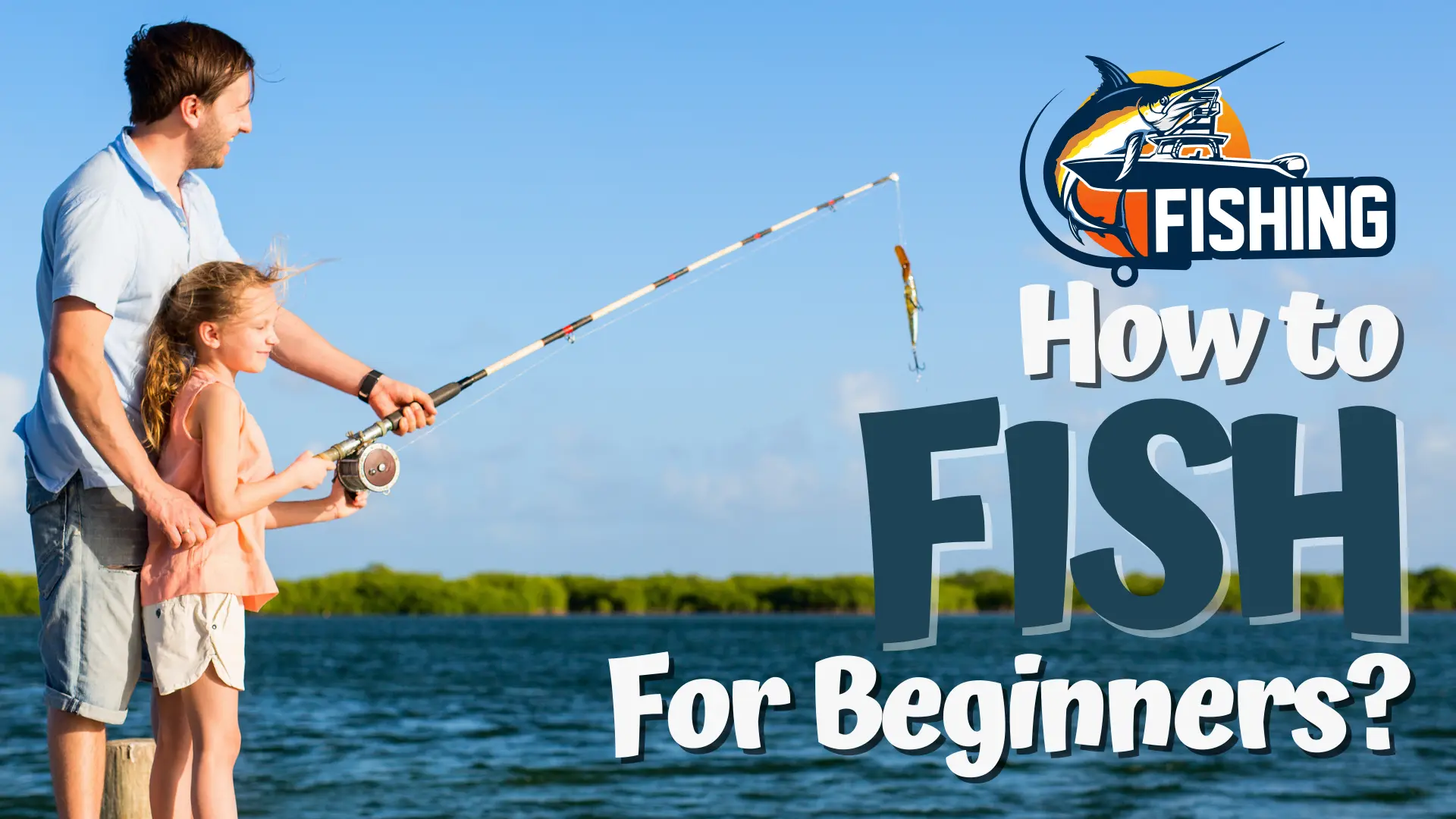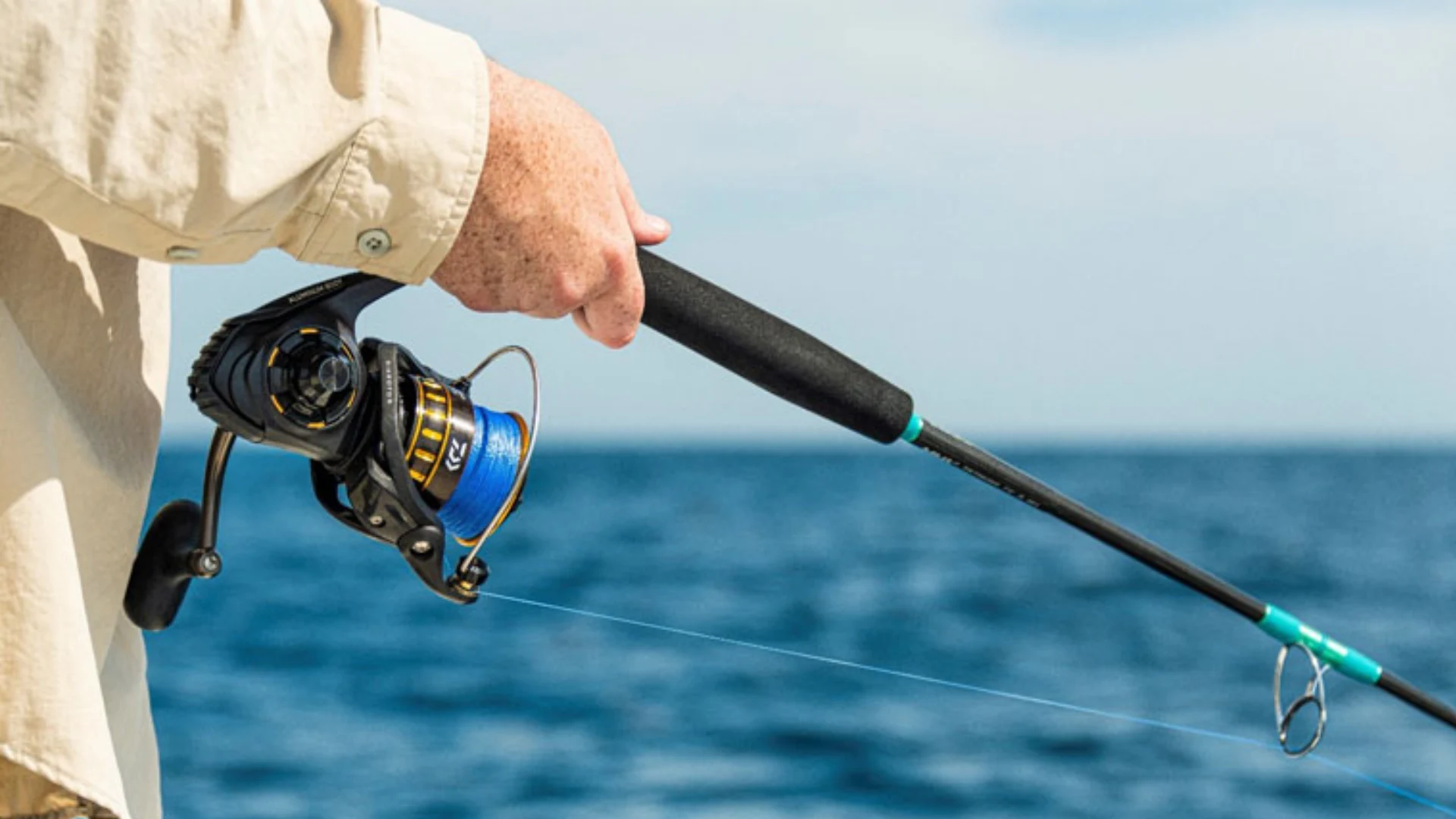How to Fish for Beginners?
Beginners are unfamiliar with the intricacies of fishing. They often do not focus on the basic guidelines and follow the wrong techniques, and as a result, they stop fishing because they cannot catch sufficient numbers of fish. One should have a positive reward in return for action, and the degree of fishing passion decreases in beginners when a satisfactory achievement graph seems blurred.

The majority of beginners start fishing, considering it a simple activity, but as a matter of fact, it is a time-consuming and assiduous hobby. Therefore, beginners should not go without proper guidance, so get ready to learn from an aved angler and discover what factors one should focus on before departure for a fishing quest. You should also keep in mind the fishing etiquette before going for fishing.
Important
Fishing is a kind of art in which one has to learn what pieces of equipment are required, the nature of the water, the arrival timings of fish, etc.
How To Fish For Beginners?
There are many ways to catch fish, such as you can go to the surf or take your boat in the middle of the sea. However, it is not recommended to snag fish in the middle of the sea for beginners because they do not have any idea about the complications of fishing.

Pro Tip
If you are a beginner start with a surf or a pond to learn the basics and complexities of fishing, then gradually progress forward to follow your passion.
Fishing Spots
The spots may vary depending on your location. For example, if you are in the middle of the country, then find small ponds around you.
The Alaska side anglers should find lakes near them because the region is full of small and big lakes. Michigan has thousands of ponds, so anglers can find a large pond to get fish.

- Lakes: The majority of the freshwater lakes are full of fish. If you have a lake located near the town or area, then do not miss the chance to find tuna.
- Ponds: The second high possibility is that there are naturally made ponds in all areas. If the pond has fresh water, the chances are high that it contains fish.
- Riverbank: The riverbank is known as the most famous spot to catch fish. However, it is not certain you will get small aqua buddies or large salmon because rivers are known as the houses of both small and big fish.
- Seashore: Never forget to visit the seashore to catch fish. It is also recommended for beginners as the shore is safe and helps you catch small, unique kinds of fish.
These four are the safest spots for beginners, and they will allow you to catch an abundance of fish. The next task is how to catch a fish, so I have mentioned the list of tools and types of equipment you require on the quest. Each one is important, so do not miss any of them.
Equipment & Tools For Fishing

Gloves & Life jacket
Anglers should not go without wearing gloves and life jackets; as they say, safety should be our first priority during fishing. There are special gloves available for fishing that protect hands efficiently and are slippery-resistant. These gloves also provide abrasion resistance abilities to prevent hand damage in case of an accident, so wear gloves and do not miss the life jacket.
Rod
Moving on further, the rod is the equipment used to catch fish. Basically, it is a stick-like equipment that has a seat for the reel and guides for the wire in order to pass the cable through the loops. The average size of a rod is 4 to 15 inches, so if you are planning to catch a large fish, then go with the large rod; conversely, the smaller one is perfect for beginners.

Reel
The third piece of equipment is the reel, which has a handle and is used to control the wire. The purpose of this tool is to provide force to take the wire back or release it. The reel is a very complicated small machine that locks and releases wire at the will of the user.
Wire
The wire is the cable made of a hard material that is used to bring the caught fish to the angler. The wire is also known as a cable or line. It passes through the guides and is used for casting the bait into the water; therefore, one should have a maximum length line in order to use the fishing pole effortlessly.

Bait & Hooks
Bait is the material used for attracting the creature towards the wire. A bait can be anything, such as shrimp, meat cutlets, or worms. Basically, fish eat such materials and creatures as food, so when they see a worm hanging out in the water, they rush toward it.
Once the fish eats worms and moves further, the wire also moves because the worm is tied with a hook that is connected to the wire. It is a message that the fish has taken the hook inside as it has stuck in the body of a fish. The angler moves the handle of the reel to take the wire back to bring the fish to the surface.
Lures & Bucket or Bag

Lures are artificial bait and are used to replace the original worms. Lures are made of plastic or any cheap material. They are inexpensive as compared to real baits, so you can use lures instead of baits. Buckets are required to gather fish in a place in order to not miss any of them.
The Skills I Need For Fishing
- Casting
- Knot tying
- Observation
- Understanding Water
Casting
As I have mentioned above, fishing is a kind of art in which one has to catch a fish by using significant skills. The first thing you should need to learn is casting, which is a way to throw the line into the water. You may think, what is special in casting?
Actually, casting determines whether one can catch a fish or not. The chances are high that you will be unable to catch a fish if you thoughtlessly throw the line. There are different kinds of casting, and the simpler one is mentioned below for beginners.

- Open the rod or uncover it.
- Hold it strongly, then grab the line.
- Ready your aim by selecting the spot where you want to throw it.
- Release the line and throw the wire carefully right in the selected position.
- Reel in by moving the handle if you fail to throw it accurately.
Knot Tying
I know you are thinking that tying a knot is child’s play, but knot-tying is a skill when it comes to fishing. Just like casting, knot tying also has a list of forms, and the simplest one is the improved clinch knot. The knot is used for multiple purposes, for example, to tie the lures, hooks, or the line with the reel.
A knot has significant importance in terms of fishing, so if you are unable to tie a perfect knot, the chances are high that you will miss the fish. Therefore, one should learn all kinds of knots required for fishing; here is the method mentioned for improved clinch knots.

- Pass the line through the hook.
- Now, start wrapping the extra line, which is out of the guide. In simple words, double it.
- Pass the end of the wrapped line through the first line by the loop available at the line hook juncture.
- Now, pull the end to tighten the threads and cut the extra line.
This method is simplest and useful for tying the wire with a hook. It is the most delicate part of setting up the fishing pole; therefore, do not hurry and check if the knot is not extra tight or loose. The Arbor Knot is required for connecting the wire with a reel.
- Wrap the wire around the spool arbor.
- Create a loop from the starting part.
- Pass the line through this loop.
- Tighten the knot perfectly so that the space is left between the loop and the arbor.
- Remove the small space by tightening it a bit as the knot is tied, and keep the wire snug, not extra tight.
Observation
Observation is one of the most crucial skills one requires to catch a fish. One should be all ears and eyes so he can spot where the fish are swimming under the water.

The observation is enhanced with the passage of time. For this, you should join the apprenticeship of a senior angler plus learn it by practicing again and again.
Understanding Water
Important
Understanding the nature of water is crucial because if you do not know how to see which side of the water has more fish as compared to others, you cannot master the art of fishing.
There are a few factors involved in the nature of water and fishing. First is to identify the right position, secondly fishing at the right time, and lastly, the basics of tide science.

- Identifying The Right Position: You should focus on the salt areas of the sea instead of more freshwater because the fish come towards the salt areas as they find their abundance of small creatures to eat.
- Right Time: Fish are not like other animals, which always wander here and there. Instead, they like to come towards the seashore when the food is available or when they require a bit of warm water. Therefore, go fishing early in the morning and before dusk.
- Tides Science: Tides bring an abundance of fish. The experts recommend going fishing before an hour of massive tides as well as casting the line in the mid-sessions of coming and outgoing tides to catch fish.
FAQs
What type of fishing is best for beginners?
The best way to start fishing is by casting the wire in lakes. Lake fish are small and easy to handle, and lakes allow beginners to learn fishing as they have slow water flow.
What is the hardest fish to catch?
Different kinds of dangerous fish are hard to catch, such as giant trevally, goliath tigerfish, and swordfish.
Final Words
Fishing is an art that one can learn through practice. As you know, practice makes a man perfect, so do not leave your passion and learn the most important skill for fishing, such as patience, which requires more than other practical skills. Anyhow, I have explained how to fish for beginners, and it is time to go to the lake with the fishing pole to snag a fish.






